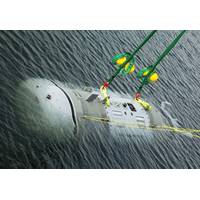
Navy Signals Need for New Large AUV Class
to the evolving requirements of naval operations. With its long-endurance capability, the Orca XLUUV can operate autonomously for extended periods. This allows for sustained operational presence and increased mission effectiveness in challenging undersea environments.Orca is based on the Boeing Echo Voyager XLUUV. Like Echo Voyageur, Orca is 51-feet long, but features modular construction to allow for the insertion of an additional 34-foot payload module.Orca Extra Large Unmanned Undersea Test Vehicle.Source: US Navy program office via Boeing press releaseAlso in the large category, the Snakehead
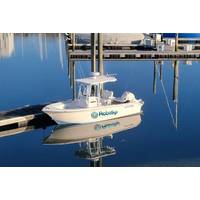
Robosys Automation Unveils Autonomous Trial Boat
Robosys Automation, maritime autonomy software developer, has unveiled its new autonomous trials boat, which has been commissioned to deliver testing and sea trials in support of integrating clients’ software and hardware with the VOYAGER AI suite.Robosys’ new boat, the “Pioneer,” is a 6.75 meter SeaPro Center Console 222 supplied by Kirby Marine US and is powered by a Suzuki DF 250 APX outboard engine.The SeaPro was selected as a trials boat that features a Dometic Seastar steering system and a Furuno radar. These features, with the Suzuki outboard, were all fully integrated
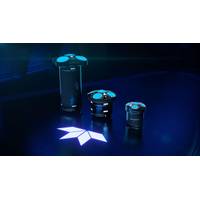
Teledyne Marine Unveils Multiple New Product launches at Ocean Business
Marine will conduct live on-water and dockside demonstrations, offering attendees a firsthand look at the capabilities of its cutting-edge marine technologies.On-Water Demonstrations – Experience the advanced functionality of the SeaBat T51-R multibeam echosounder and Lidar system aboard the CRC VOYAGER, showcasing features like Vertical Detection Mode for superior quay wall/multi-path rich survey data collection.Dockside Demonstrations – Visitors can explore live the precision capabilities of Teledyne’s SeaBat sonars on various marine vehicles at HS 02 throughout the event.Click here
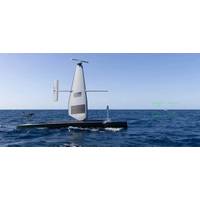
Saildrone USVs Support Mission to Secure US Southern Border
cover.Now, Saildrone is doubling its fleet of unmanned surface vehicles (USVs) in the Caribbean and the Pacific Ocean in support of Operation Southern Spear to detect and stem the flow of illegal drugs traveling through known maritime corridors into the US.A record number of 20 high-endurance Saildrone Voyager USVs equipped with a newly upgraded sensor suite will monitor illegal activity along the southern maritime approaches, operating in support of Joint Interagency Task Force South (JIATF-S) and US Naval Forces Southern Command/US Navy Fourth Fleet (NAVSOUTH/FOURTHFLT).Two Saildrone Voyager USVs are
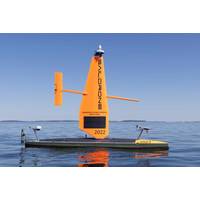
Saildrone Surveys Gulf of Maine to Identify Potential Deep-sea Coral Habitat
and dynamic marine environment, with a diverse array of marine life, productive fisheries, unique underwater habitats, and a complex topography of deep basins, shallow banks, and steep slopes. However, there is extremely limited mapping data available, especially in deeper waters.Two Saildrone Voyager uncrewed surface vehicles (USV) gathered data at depths up to 300 meters around the Jordan and Georges Basins. The data has revealed a complex and varied underwater landscape, reflecting its glacial history and dynamic oceanographic processes.“The Saildrone Voyagers are filling in a substantial

Why There May Be Oceans Inside Dwarf Planets Beyond Pluto
friction, in the same way that if you bend a stiff wire to and fro several times and then touch the newly bent part to your lip (try it with a coat hanger or a paper clip), you will be able to feel the warmth.Peale’s prediction of tidal heating was vindicated only a week after publication when Voyager-1, the the first sophisticated flyby of Jupiter, sent back images of volcanoes erupting on Io.Io is a rocky world, with no water in any form, so this may seem to have nothing to do with oceans. However, the Jupiter-Io-Europa tidal tug works both ways. Europa is tidally heated as well, not just by
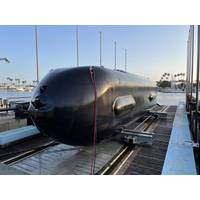
Inside Boeing's Orca XLUUV for the US Navy
; said Stevens.“The sky’s the limit in terms of payloads that can be brought into the vehicle.” Ann Stevens, Vice President, Boeing Maritime & Intelligence Systems - Image courtesy Boeing Maritime and Intelligence SystemsSo Boeing started developing what it called Echo Voyager, the first XLUUV class of vehicle, back in 2012-2013, putting it to sea in 2016-2017. “It spent 10,000 hours at sea, and continued on through the Navy’s acquisition of the Orca vehicle,” said Stevens. When asked to define the outstanding characteristics of Orca, Stevens starts
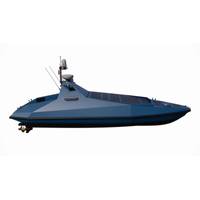
Robosys to Supply AI-driven Autonomous Control System for Legacy Marine USV
and onboard systems, monitoring and controls, which includes payload and surveillance sensors. The USV is a versatile and multi-function platform that allows for the installation of most industry-standard sensors and effectors.The USV’s control system for autonomous navigation uses Robosys’ Voyager AI system, which provides for the onboard navigation, visual and autonomous control of the USV at various levels of autonomy.U.K. headquartered Robosys’ VOYAGER AI system is a full stack autonomy solution that is supported by artificial intelligence combined with innovative decision-aid algorithms
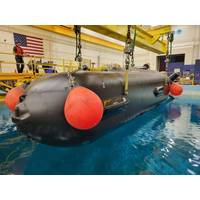
Boeing Delivers First Orca XLUUV to US Navy
several phases of at-sea testing, including above and below surface maneuvers to demonstrate the vehicles’ unique capabilities.Orca is the result of more than 50 years of Boeing experience building and operating undersea vehicles. In 2012 Boeing initiated the design and development of Echo Voyager, a proof-of-concept XLUUV that began at-sea testing began in 2017 and was a precursor to the US Navy’s Orca XLUUV competition. Echo Voyager – the world’s only vehicle of its size and capability – has spent over 10,000 hours operating at sea and transited hundreds of nautical
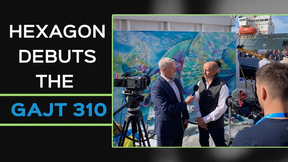
 February 2025
February 2025





